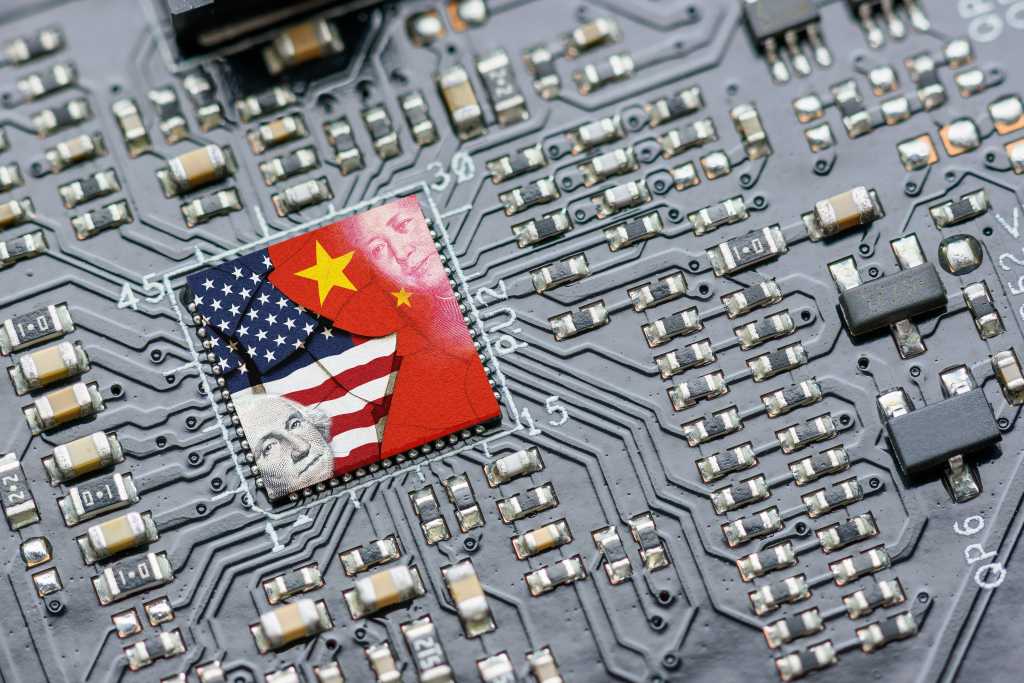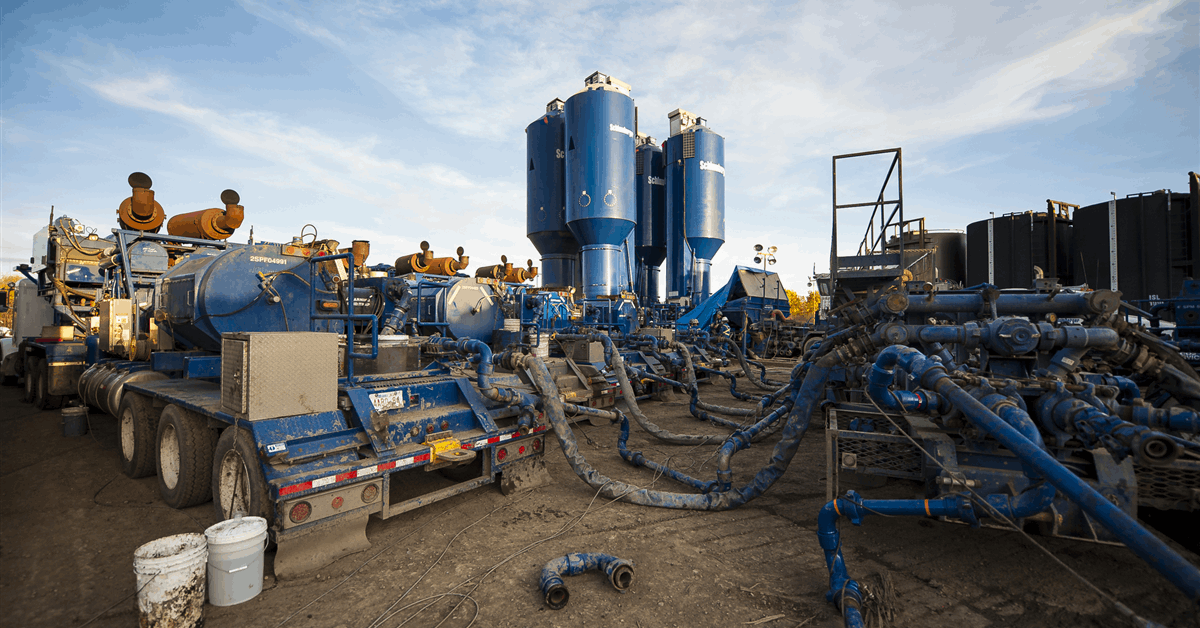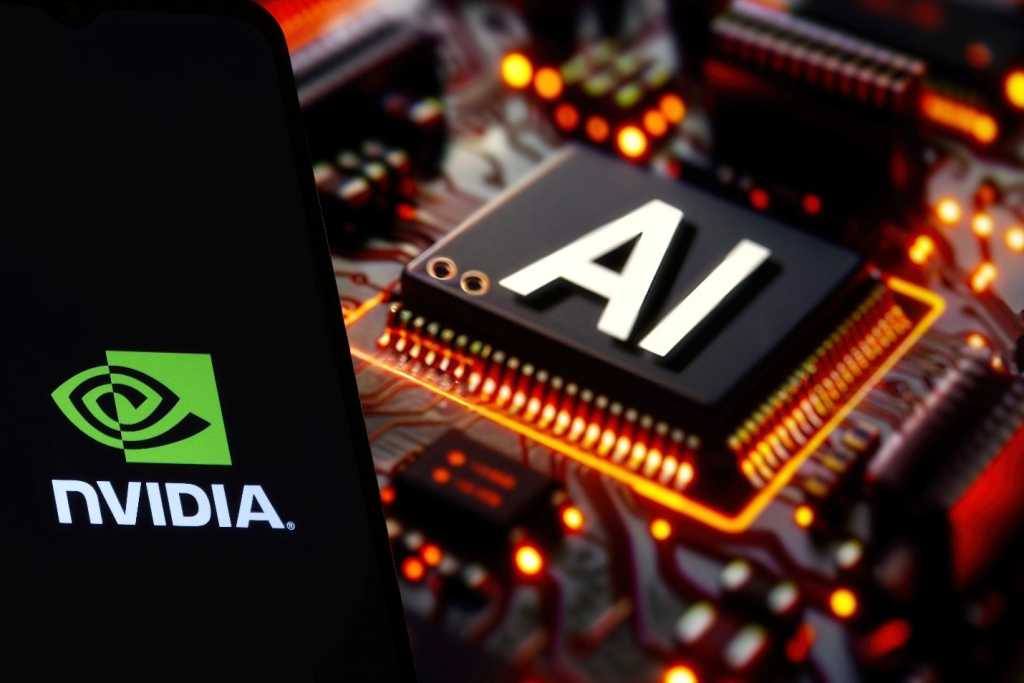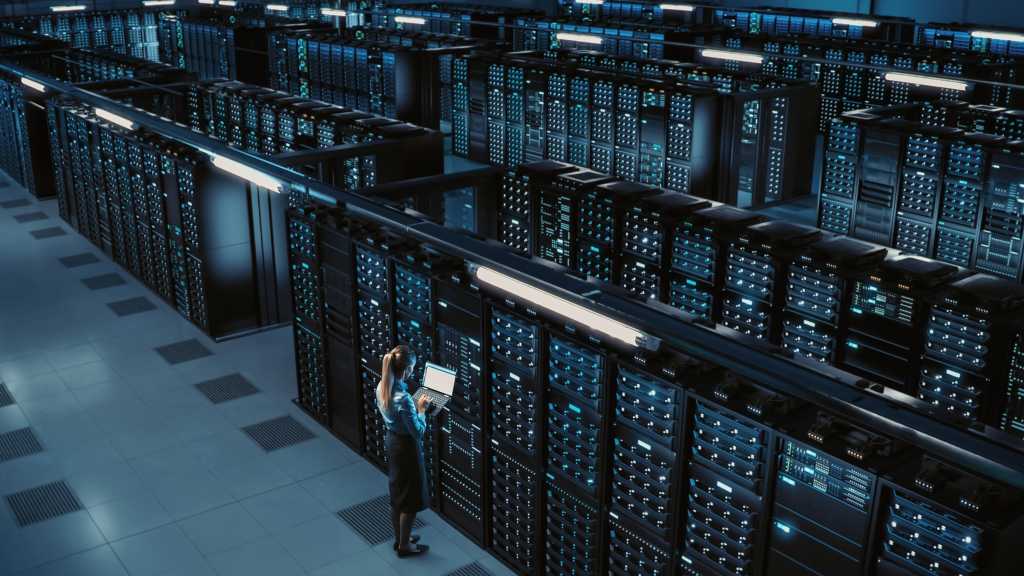Join our daily and weekly newsletters for the latest updates and exclusive content on industry-leading AI coverage. Learn More
In the tech world, we like to label periods as the year of (insert milestone here). This past year (2024) was a year of broader experimentation in AI and, of course, agentic use cases.
As 2025 opens, VentureBeat spoke to industry analysts and IT decision-makers to see what the year might bring. For many, 2025 will be the year of agents, when all the pilot programs, experiments and new AI use cases converge into something resembling a return on investment.
In addition, the experts VentureBeat spoke to see 2025 as the year AI orchestration will play a bigger role in the enterprise. Organizations plan to make management of AI applications and agents much more straightforward.
Here are some themes we expect to see more in 2025.
More deployment
Swami Sivasubramanian, VP of AI and data at AWS, said 2025 will be the year of productivity, because executives will begin to care more about the costs of using AI. Proving productivity becomes essential, and this begins with understanding how multiple agents, both inside internal workflows and those that touch other services, can be made better.
“In an agentic world, workflows are going to be reimagined, and you start asking about accuracy and how do you achieve five times productivity,” he said.
Palantir chief architect Akshay Krishnaswamy agreed that decision-makers, especially those outside of the technology cluster, are beginning to get antsy about seeing the impact these AI investments will have on their businesses.
“People are rightfully fatigued about more sandboxing, because it’s off the back of the whole data and analytics journey of the past 10 years, where people also did a ton of experimentation,” said Krishnaswamy. “If you’re an executive, you’re like, ‘this has to be the year I actually start to see some ROI, right?’”
An explosion of orchestration frameworks
Going into 2025, there is a greater need to create infrastructure to manage multiple AI agents and applications.
Chris Jangareddy, a managing director at Deloitte, told VentureBeat that next year will be very exciting. Competitors will face LangChain and other AI companies looking to offer their own orchestration platforms.
“A lot of tools are catching up to LangChain, and we’re going to see more new players come up,” Jangareddy said. “Even before organizations can think about multiagents, they’re already thinking about orchestration so everyone is building that layer.”
Many AI developers turned to LangChain to start building out a traffic system for AI applications. But LangChain isn’t always the best solution for some companies, which is where some new options includingMicrosoft’s Magentic or LlamaIndex come in. But for 2025, expect to see an explosion of even more new options for enterprises.
“Orchestration frameworks are still very experimental, with LangChain and Magentic, so you can’t be heads down for just one,” said PwC global commercial technology and innovation officer Matt Wood. “Tooling in this space is still early, and it’s only going to grow.”
Better agents and more integrations
AI agents became the biggest trend for enterprises in 2024. As organizations gear up to deploy multiple agents into their workflows, the possibility of agents crossing from one system to another becomes more apparent. This is particularly true when enterprises are looking to demonstrate their agents’ full value to executives and employees.
Platforms like AWS’s Bedrock, and even Slack, offer connections to other agents from Salesforce’s Agentforce or ServiceNow, making it easier to transfer context from one platform to another. However, understanding how to support these integrations and teaching orchestrator agents to identify internal and external agents will become an important task.
When agentic workflows become more complex, the recent crop of more powerful reasoning models, like OpenAI’s recently announced 03 or Google’s Gemini 2.0, could make orchestrator agents more powerful.
However, all of this will be in vain if enterprises do not get their employees to actually use new AI tools in 2025.
Don Vu, chief data and analytics officer at New York Life, told VentureBeat that the last-mile problem of employees often choosing more manual methods over AI will continue for the next year.
“The last mile problem is something that we’ve all stubbed our toe on in 2024, and understanding that change management, business process reengineering stuff that’s not maybe as sexy as building an agent that can do all these incredible things,” said Vu. “It’s harder to change human behavior than deploy an app.”
Daily insights on business use cases with VB Daily
If you want to impress your boss, VB Daily has you covered. We give you the inside scoop on what companies are doing with generative AI, from regulatory shifts to practical deployments, so you can share insights for maximum ROI.
Read our Privacy Policy
Thanks for subscribing. Check out more VB newsletters here.
An error occured.




















